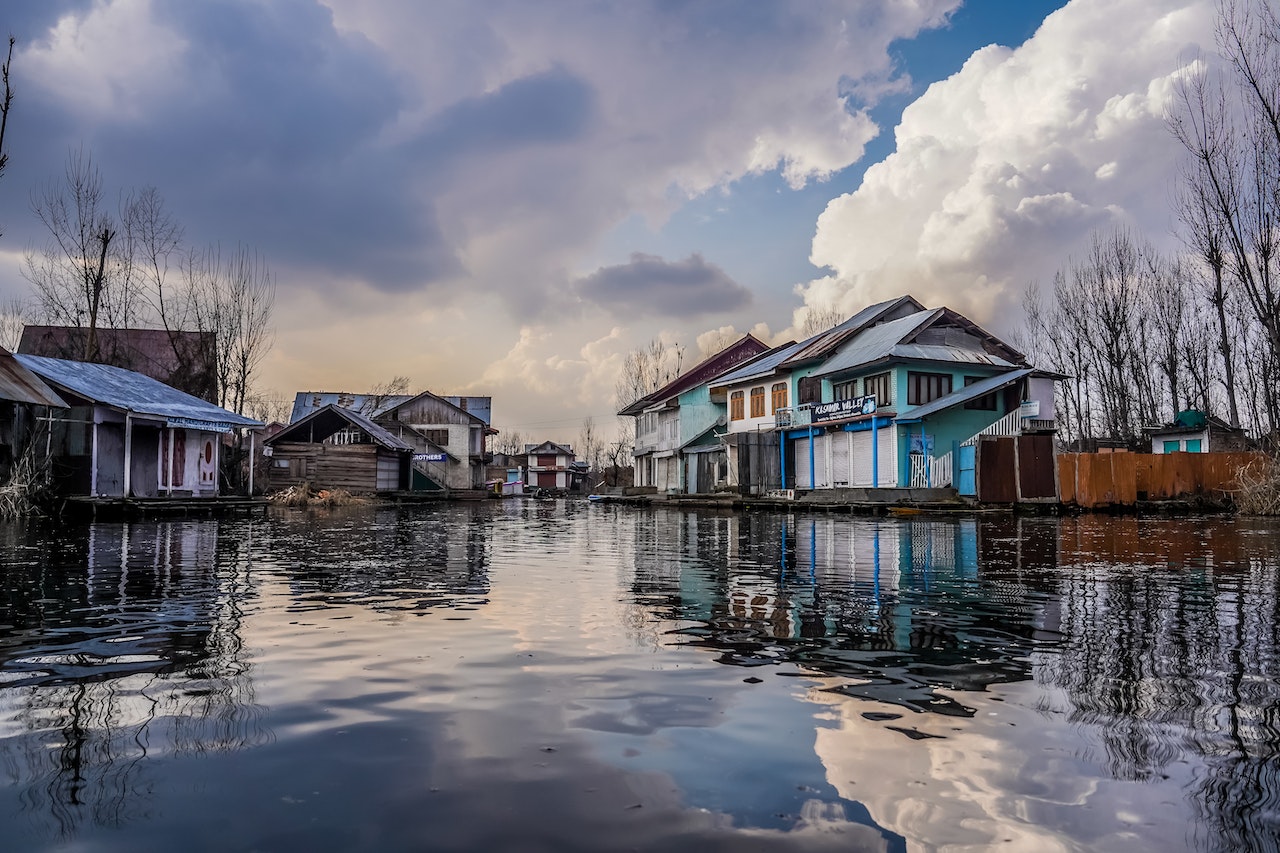Flooding can be devastating to your home and your belongings, but it’s also an unpredictable threat that many people don’t think about when they’re in the process of purchasing or insuring their home. Flood coverage is usually sold as an add-on to homeowners insurance, which means you have to be very clear about what you need when you contact your insurance agent, if you already have homeowners insurance in place. The tips and tricks below will help you make sure you have the best possible flood coverage so that you can recover from any flooding issues that may arise over the years of your home ownership.
1) What is flood insurance?
Flood insurance is a type of insurance that covers the costs of damage caused by flooding. It is important to note that flood insurance is not typically included in standard homeowner’s insurance policies, so it is important to purchase a separate policy if you live in an area at risk for flooding.
2) What are some questions to ask when looking for flood insurance?
Are you in a high-risk area for flooding? If so, your lender will likely require you to have flood insurance. Even if you’re not in a high-risk area, it’s still a good idea to get coverage. Many homeowners aren’t aware that their homeowner’s insurance doesn’t cover floods and are surprised when they find out they need additional coverage. There are a few different ways to get flood insurance. You can purchase a policy through the National Flood Insurance Program (NFIP), which is administered by FEMA and run by the federal government; purchase an individual policy from an insurer that offers flood policies; or buy one from the private market.
3) How much does flood insurance cost?
On average, flood insurance costs about $700 per year. However, this number can vary greatly depending on the value of your home, your deductible, and the level of coverage you choose. In some cases, flood insurance may be required by your mortgage lender.
It’s important to note that standard homeowners insurance policies do NOT cover damage from flooding.
4) Where do I buy flood insurance?
If you’re a homeowner, you may be wondering where to buy flood insurance. The first step is to contact your insurance agent and ask if they offer flood insurance. If they don’t, they may be able to refer you to another company that does. If you do find an insurer that offers flood coverage, your agent will give you the details on what the policy covers and how much it costs. You’ll also need to take into account whether or not the property is located in a federally designated high-risk area for flooding before deciding on a policy.
5) How can I save money on my flood insurance policy?
There are a few things you can do to help lower your flood insurance costs. First, raise your home above the base flood elevation. This can be done by elevating your home on stilts or pilings, or by building a levee or berm around your property. Second, buy flood insurance from the National Flood Insurance Program (NFIP). The NFIP offers discounted rates for properties that meet certain criteria, such as being located in a community that participates in the NFIP’s Community Rating System.
6) Is everyone required to have flood insurance?
No, flood insurance is not required for every homeowner. However, if you live in a high-risk area, your mortgage lender will likely require you to have it. Even if you don’t live in a high-risk area, though, flood insurance can still be a good idea. That’s because standard homeowners insurance policies don’t cover flooding. So if your home is damaged by a flood, you could be left paying for repairs and replacement out of your own pocket.
7) When should I consider buying flood insurance?
If you live in a high-risk area, your mortgage lender will require you to buy flood insurance. Even if you don’t live in a high-risk area, it’s still a good idea to buy flood insurance if you can afford it because floods can happen anywhere.
8) Are there any alternatives to traditional flood insurance policies?
There are a few alternatives to traditional flood insurance policies. The first is the National Flood Insurance Program’s Preferred Risk Policy. This policy is only available to properties in low-flood risk areas and offers protection at a much lower rate than a standard policy. Another option is to purchase private flood insurance. This type of policy is not backed by the government, but it can offer more comprehensive coverage. Finally, some homeowners choose to self-insure by setting aside money each month to cover potential flood damage.
9) Can I purchase extra coverage above the NFIP limits without having a separate flood policy in place?
No. You cannot purchase extra coverage above the National Flood Insurance Program (NFIP) limits without having a separate flood policy in place. However, you can purchase a policy from the NFIP that will cover up to $250,000 for your home and $100,000 for your personal belongings.
What is not covered by my NFIP policy?
10) Is it possible to get flood insurance if I live in an area with low risk of flooding?
Yes, it is possible to get flood insurance even if you live in an area with low risk of flooding. In fact, the National Flood Insurance Program (NFIP) offers flood insurance to homeowners, renters, and business owners in communities that participate in the program.
